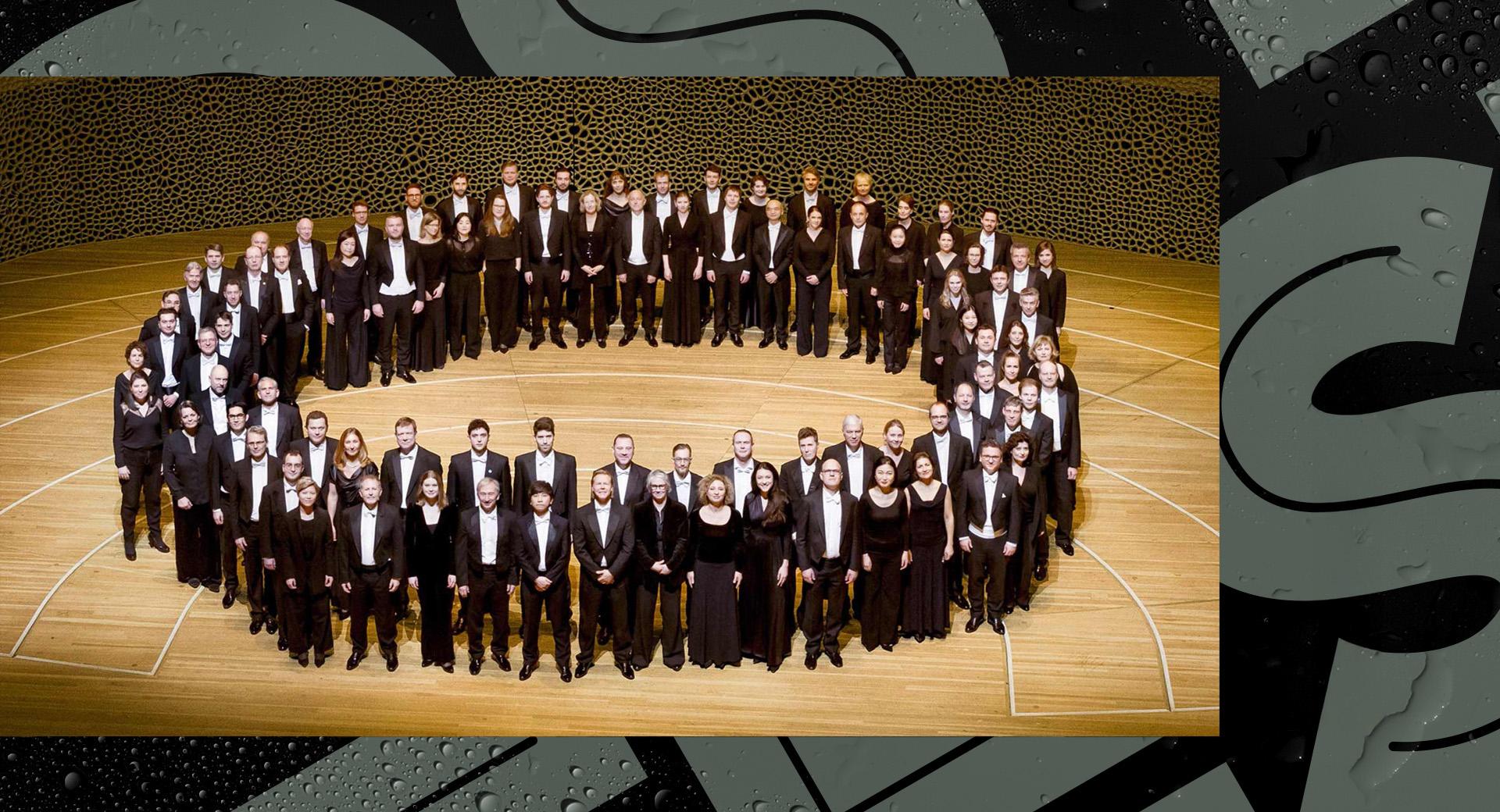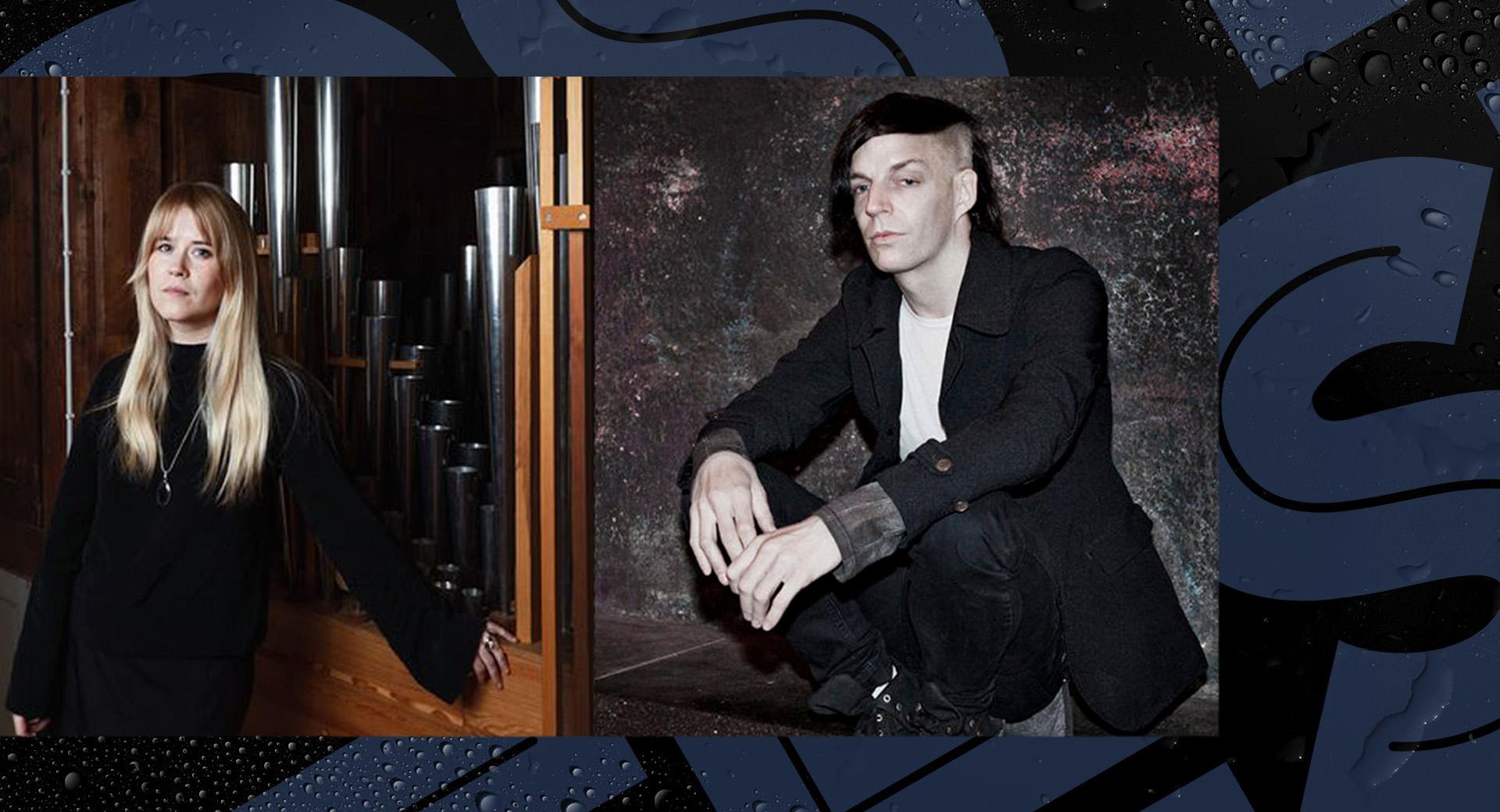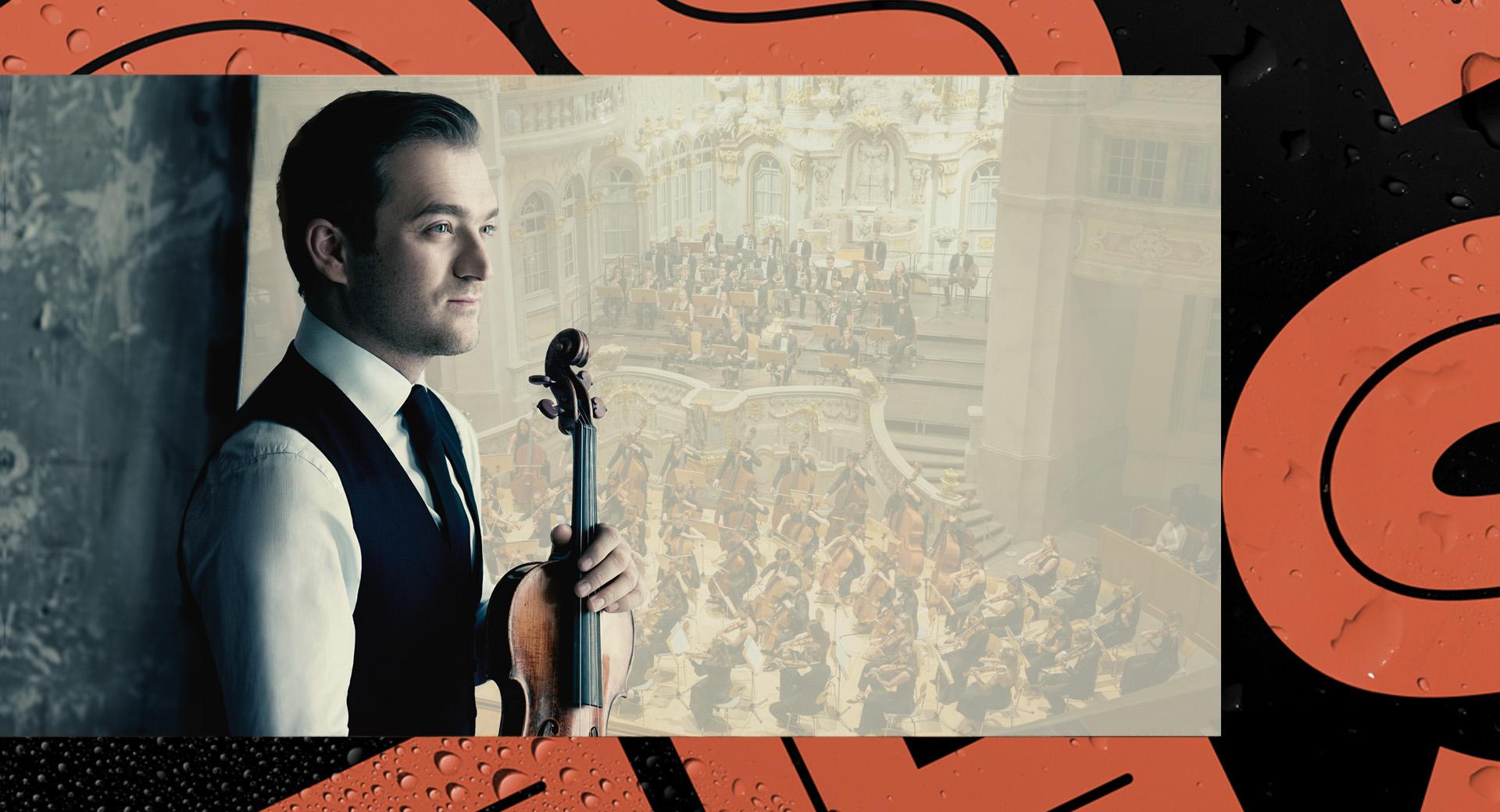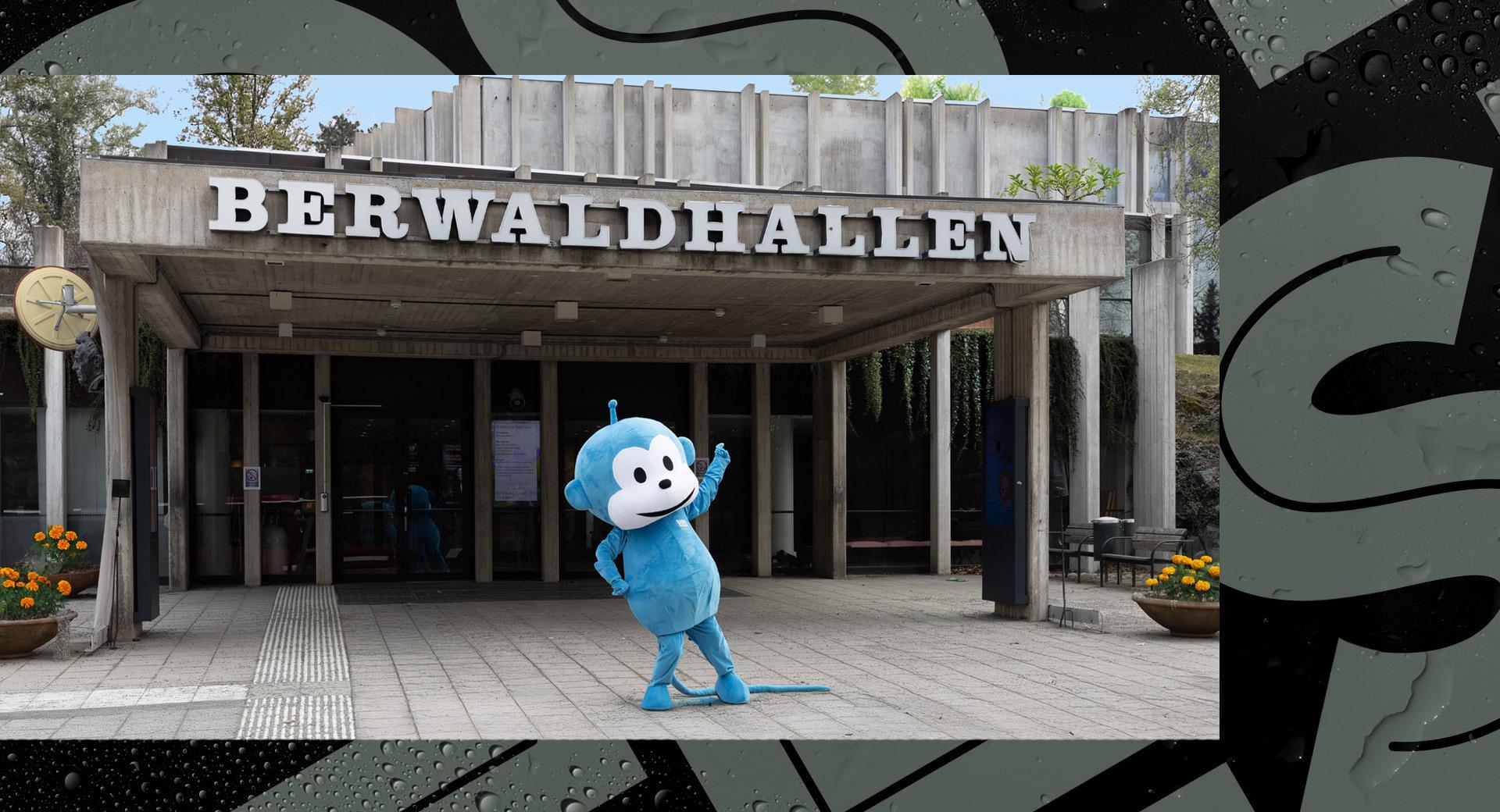The Mermaid
H C Andersen’s beloved story The Little Mermaid is musically and imaginatively interpreted by Alexander Zemlinsky. World-famous cellist Truls Mørk will visit Berwaldhallen several times this season, but this will be the first, where he’ll perform Ernest Bloch’s beautiful, Hebrew rhapsody, Schelomo. The ocean theme is completed by Debussy’s billowing La Mer.
This production is part of one or more concert series.

Composer, educator and conductor Alexander Zemlinsky is perhaps best known posthumously as Schönberg’s and Korngold’s teacher, but in recent decades his music has experienced a renaissance, not least regarding his Die Seejungfrau (The Mermaid) based on H.C. Andersen’ story. Zemlinsky initially called his work a symphonic poem, but abandoned the idea of a clear narrative and at the première in 1905, the work was given the title “Fantasy for Orchestra”. In The Mermaid, Zemlinsky created delectable, colourful and atmospheric music, and it is not difficult to understand why the piece is now played regularly in concert halls around the world.
Klaus Mäkelä has been the first guest conductor of the Swedish Radio Symphony Orchestra since the autumn of 2018. However, he began his career as a cellist and the cello plays a leading role in this concert, where one of the world’s leading cellists, Truls Mørk, performs Ernest Bloch’s Hebrew rhapsody, Schelomo. The origin of the work dates from the beginning of the First World War when Bloch, who was of Jewish origin, in his desperation at humanity’s wickedness turned to Ecclesiastes in the Old Testament. He started to outline a work for voice and orchestra but realized that the languages in which he was proficient did not suit what he wanted to express. Then he heard the cellist Aleksandr Barjanskij at a concert and realized that here was the “voice” he had been searching for: that of the cello. Bloch named the work Schelomo, the Hebrew name for the King of Israel, Solomon, who according to legend wrote Ecclesiastes.
Claude Debussy did not grow up by the sea, but in a Paris suburb, however his memories of childhood summers spent on the French south coast were extremely vivid to him even as an adult, and his love of the sea persisted throughout his entire life. “Symphonic sketches”, as he called La Mer, premièred in 1905, the same year as Zemlinsky’s The Mermaid. Debussy uses the orchestra in an innovative way with unusual instrument combinations, and he creates distinctive melodic figures and a shimmering, sonorous abundance of sound gaining inspiration from Javanese music, amongst other things. One of the first people to write a biography of Debussy, music researcher Edward Lockspeiser, aptly commented about La Mer that “we are moving from the 19th century to the 20th century in this music”. Many argue that Debussy’s composition, along with Stravinsky’s The Rite of Spring, should be considered one of the seminal works of musical modernism.
Text: Axel Lindhe



